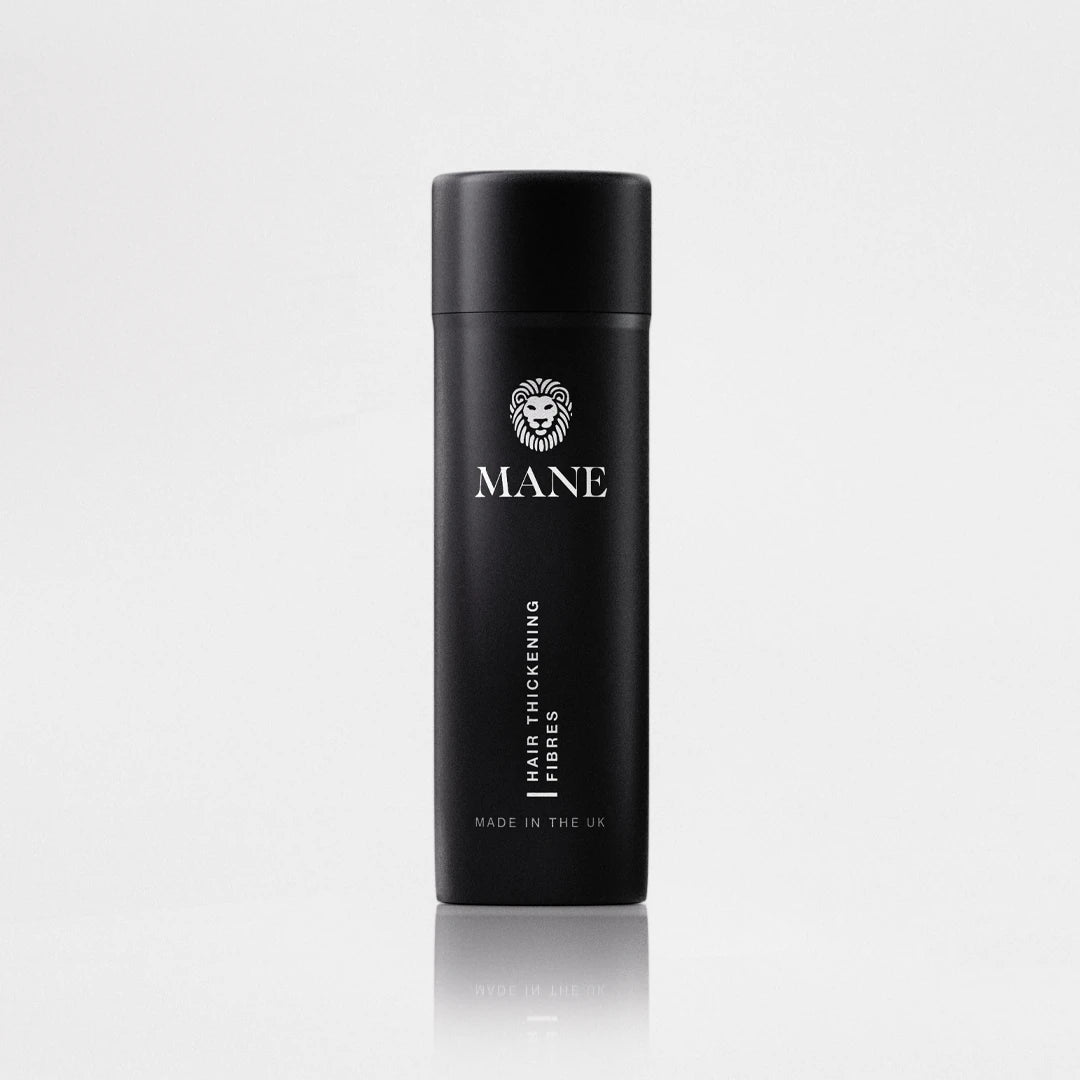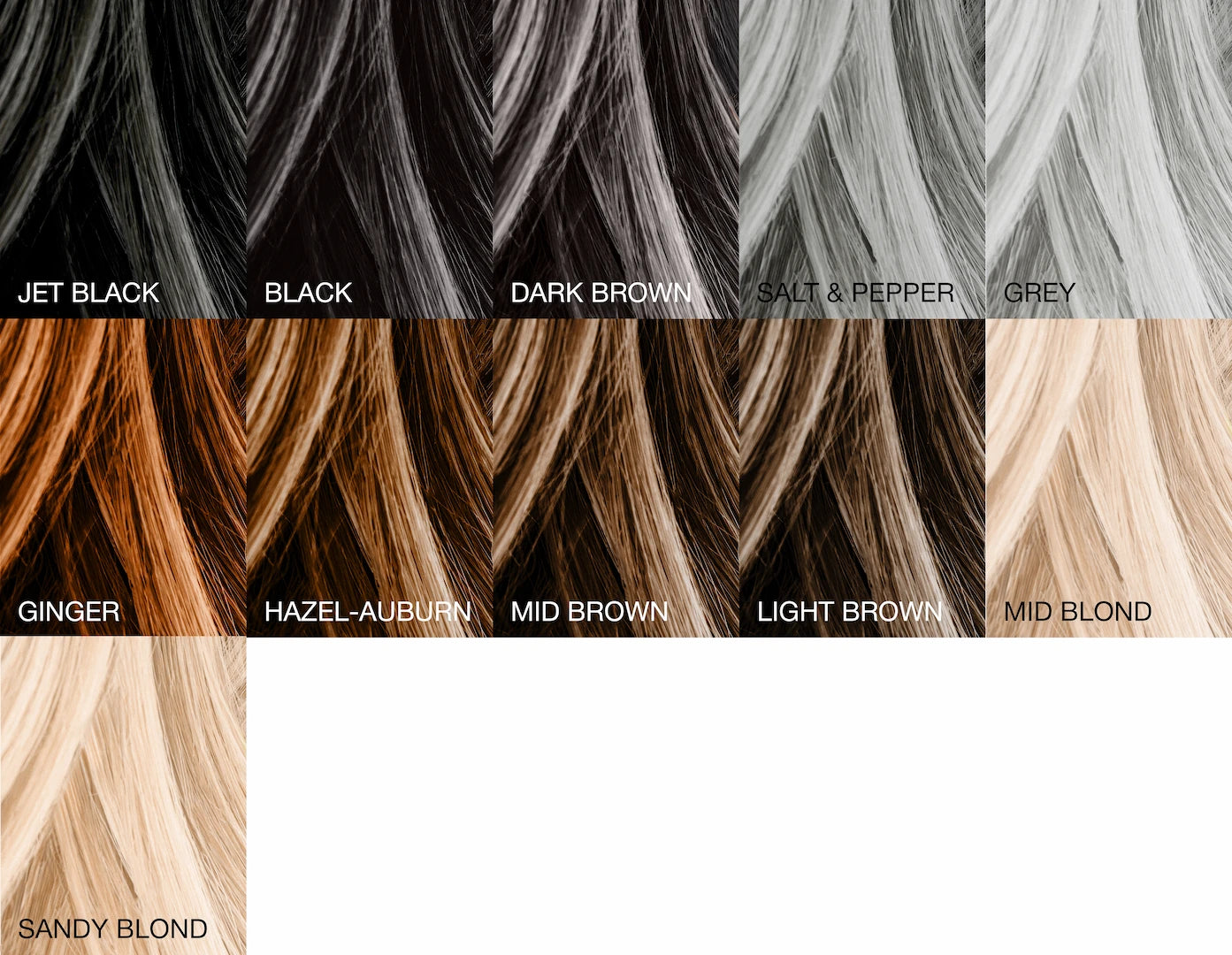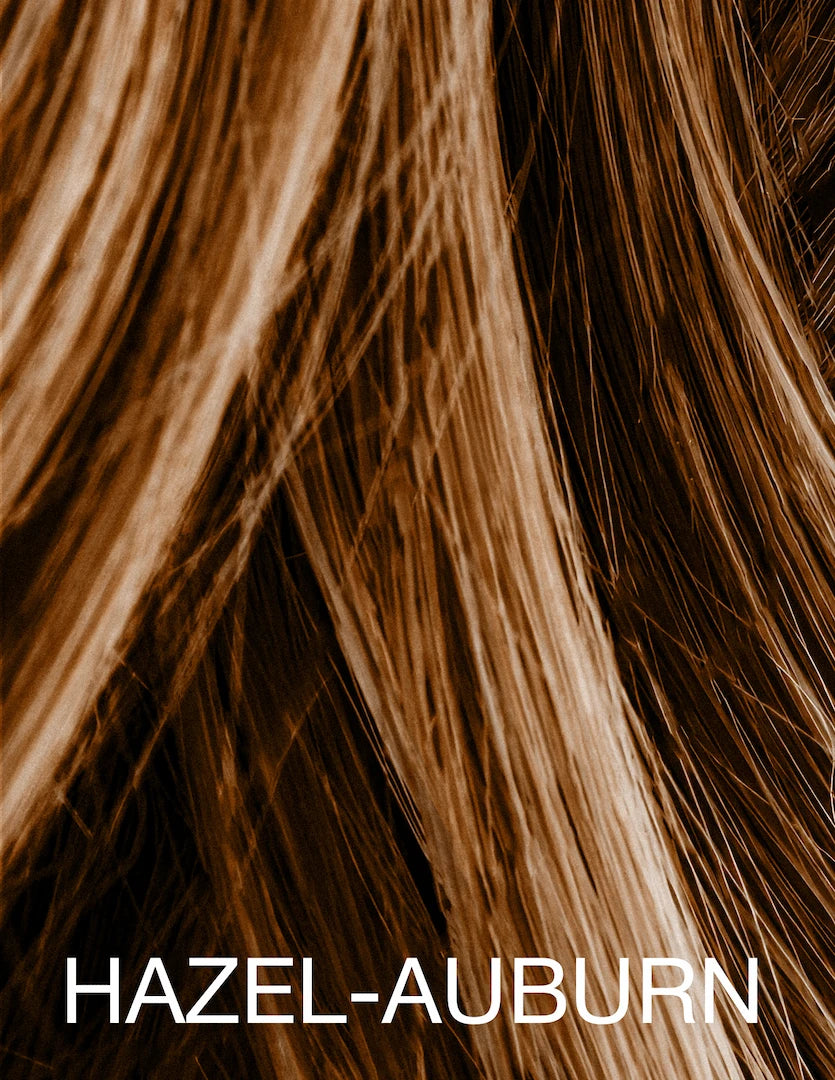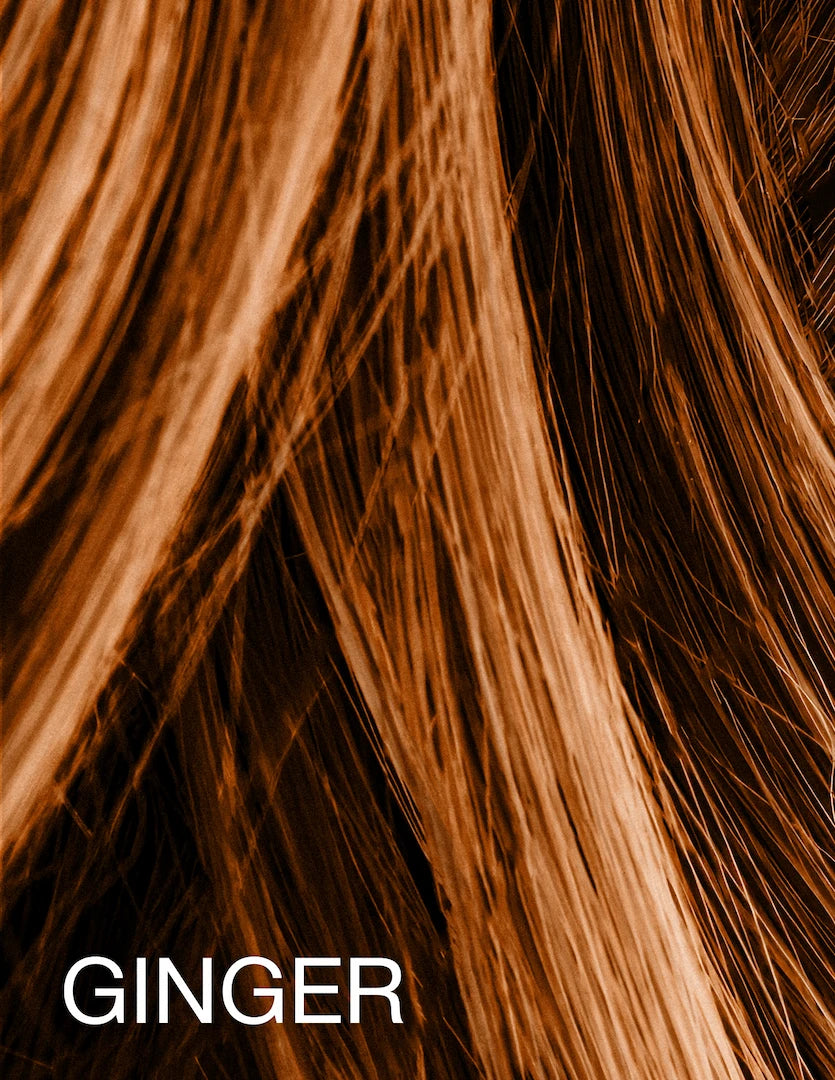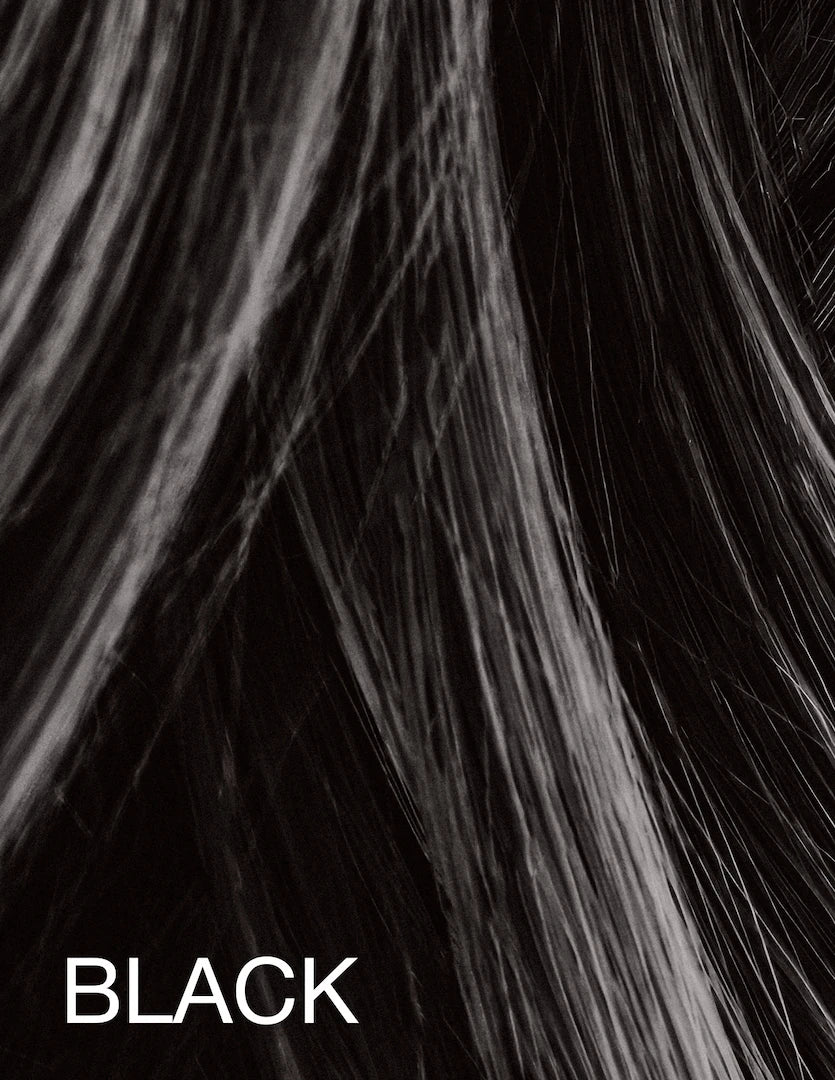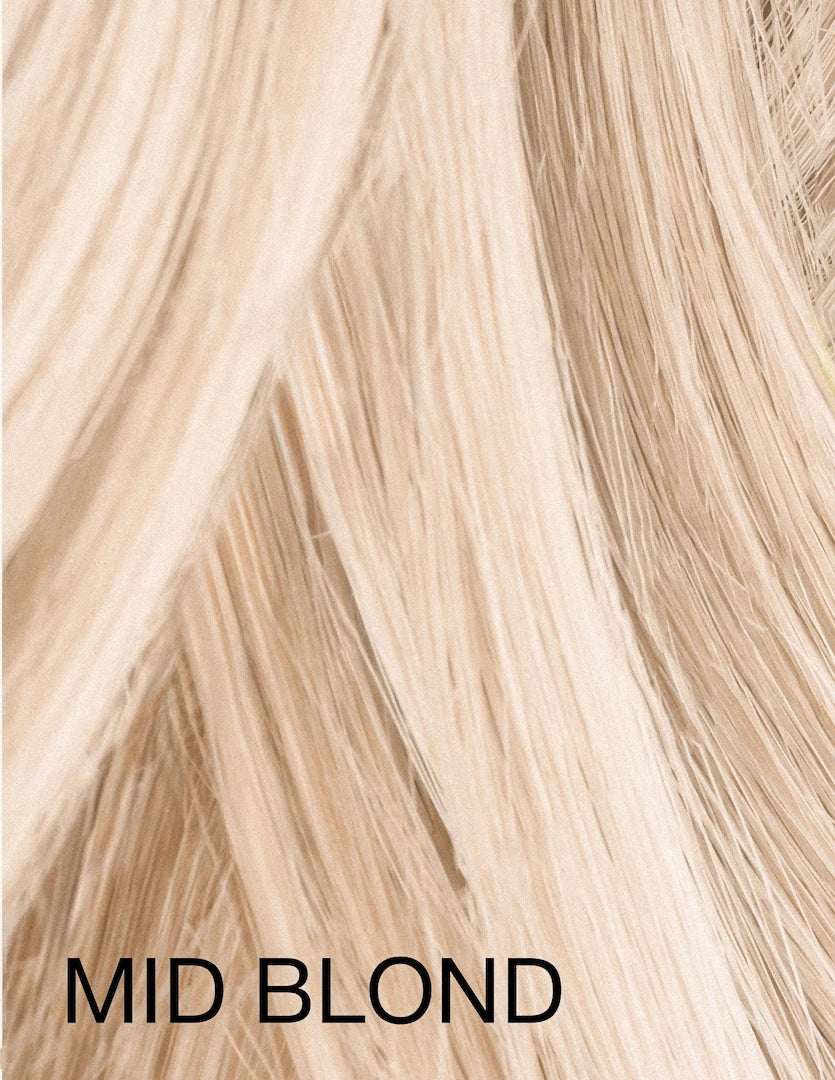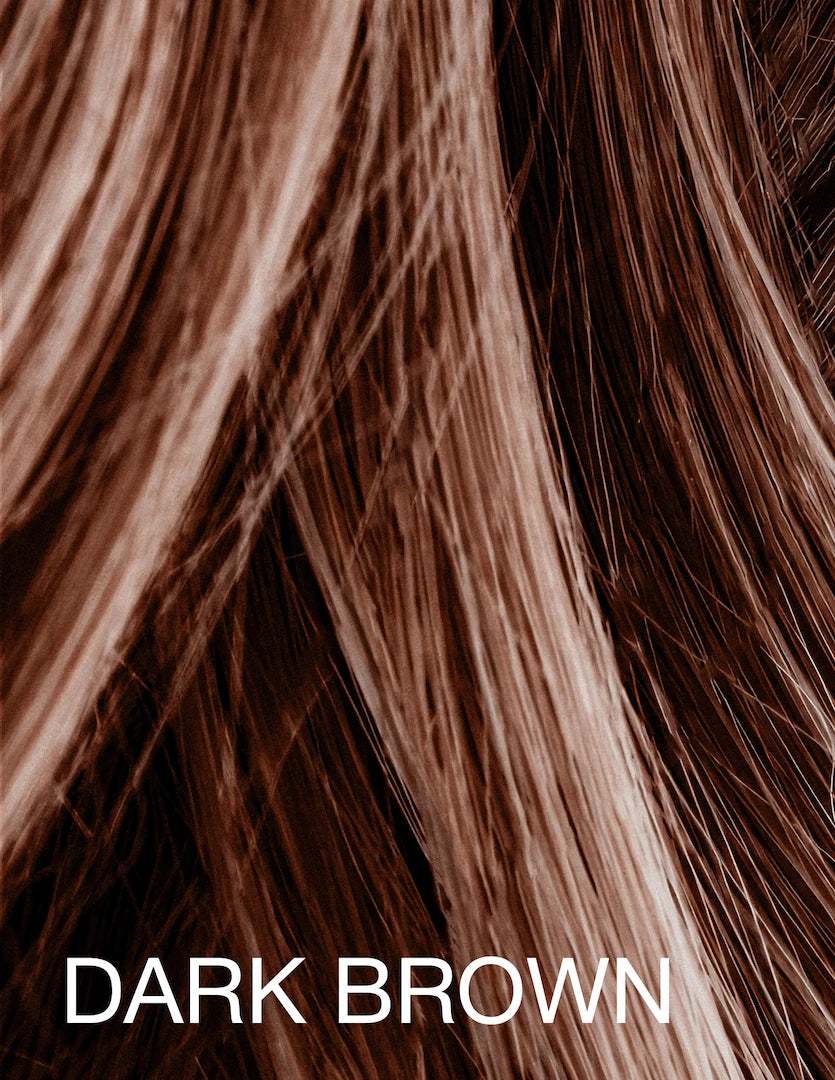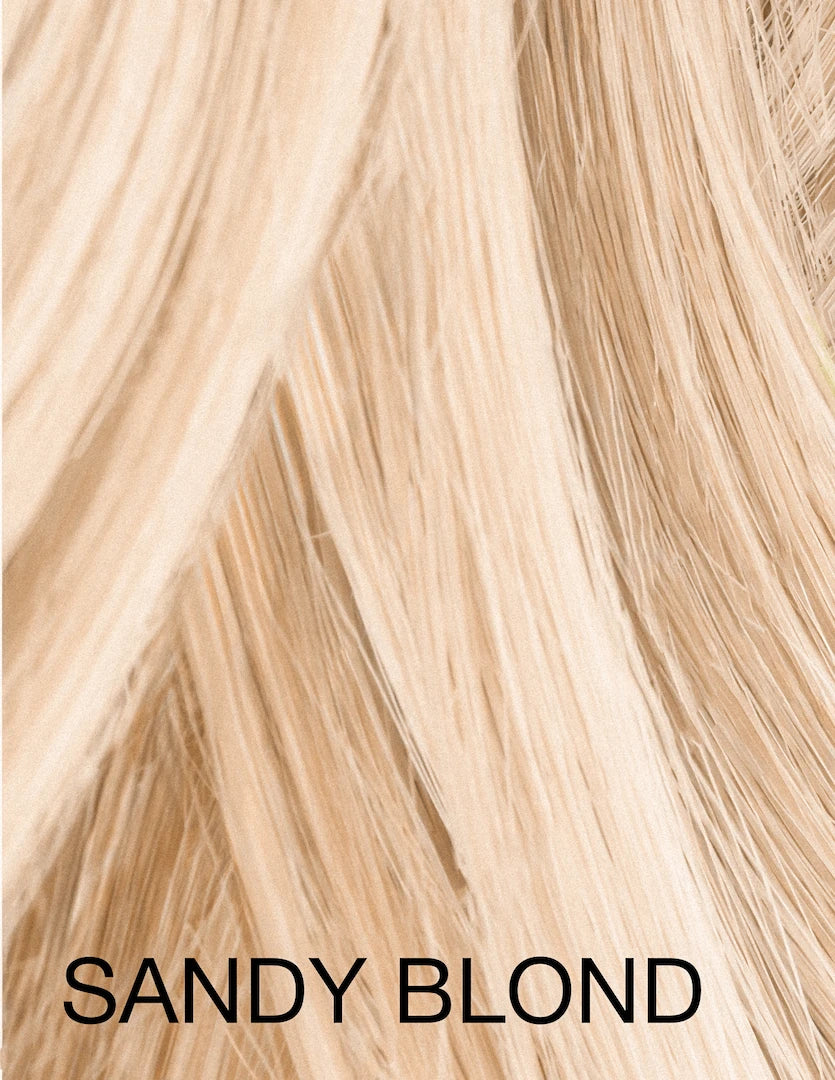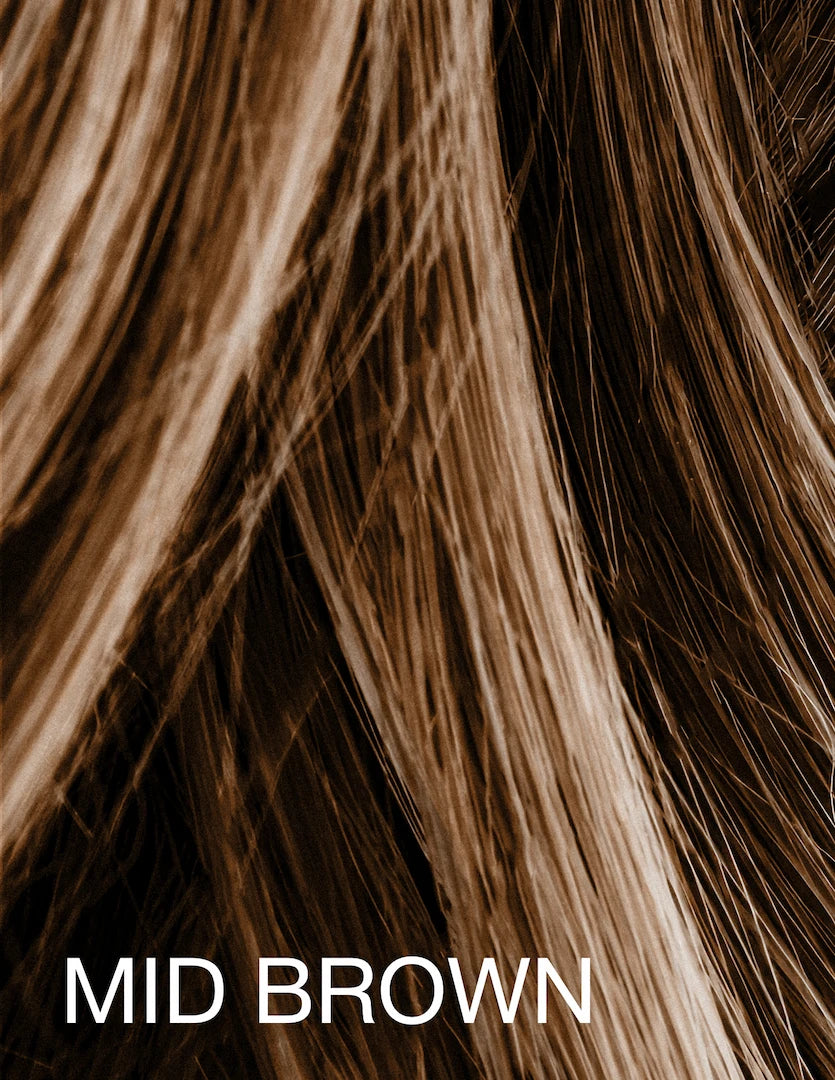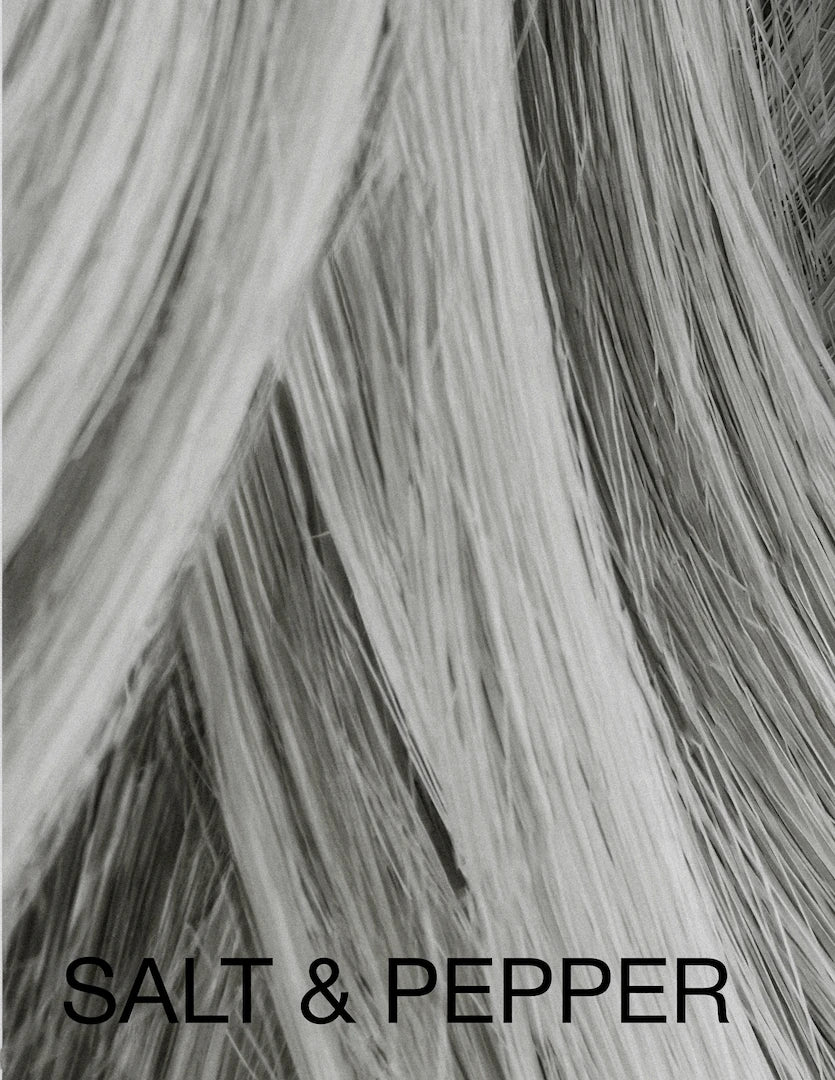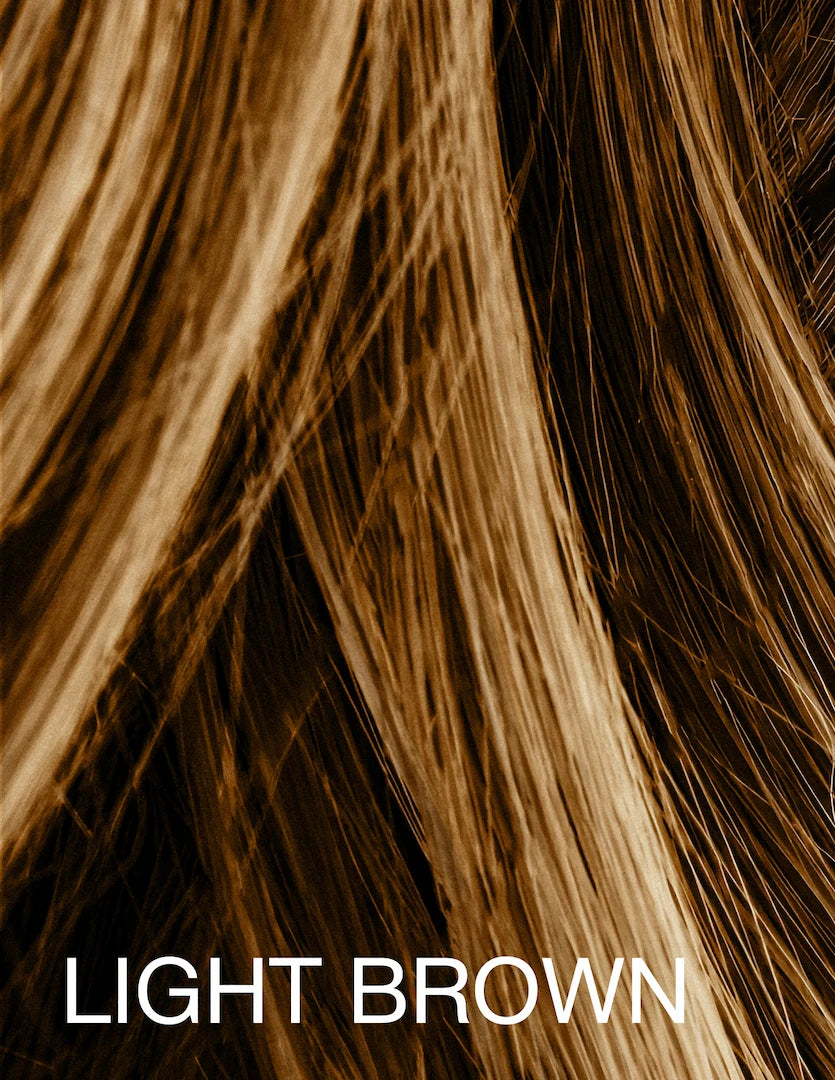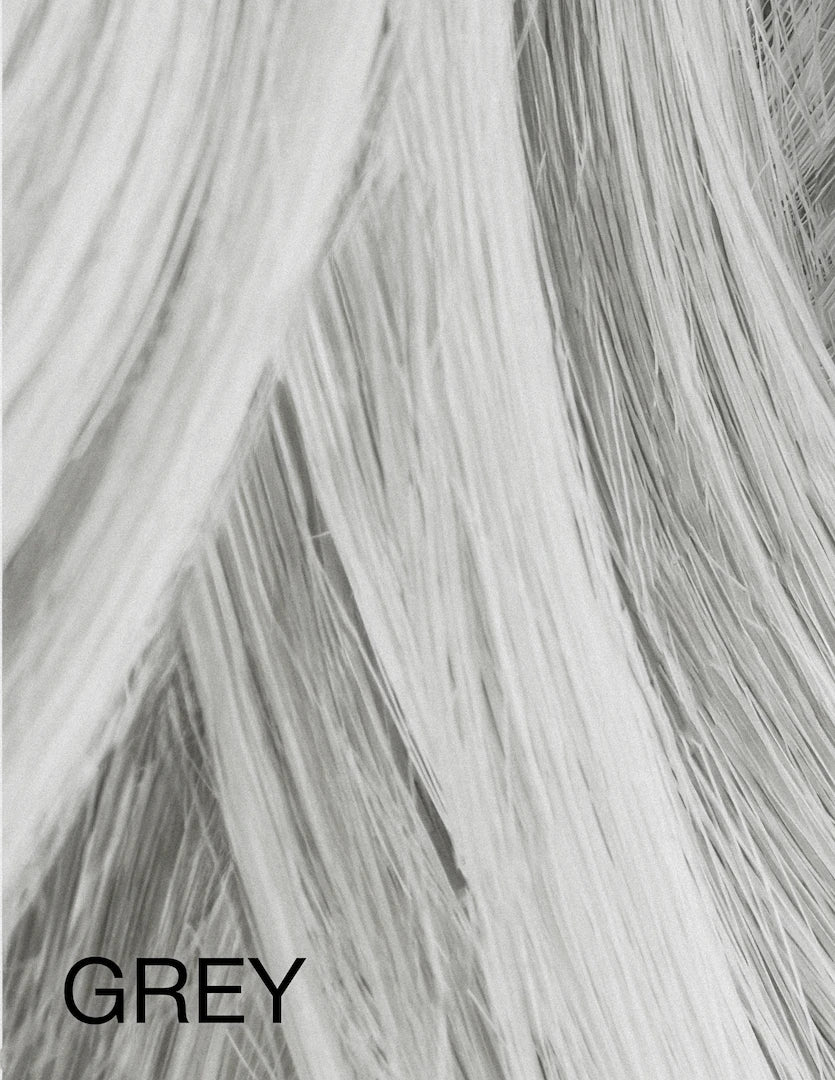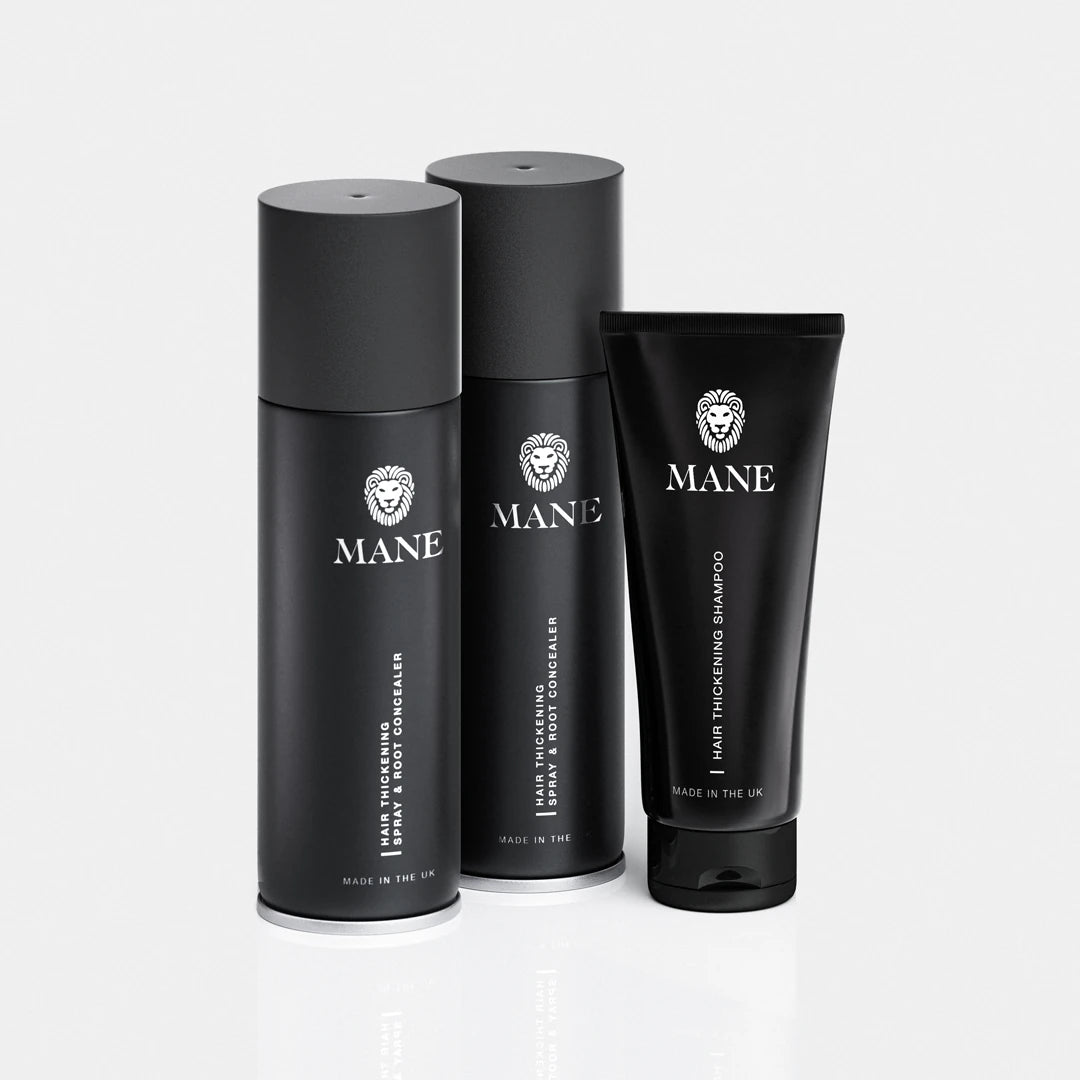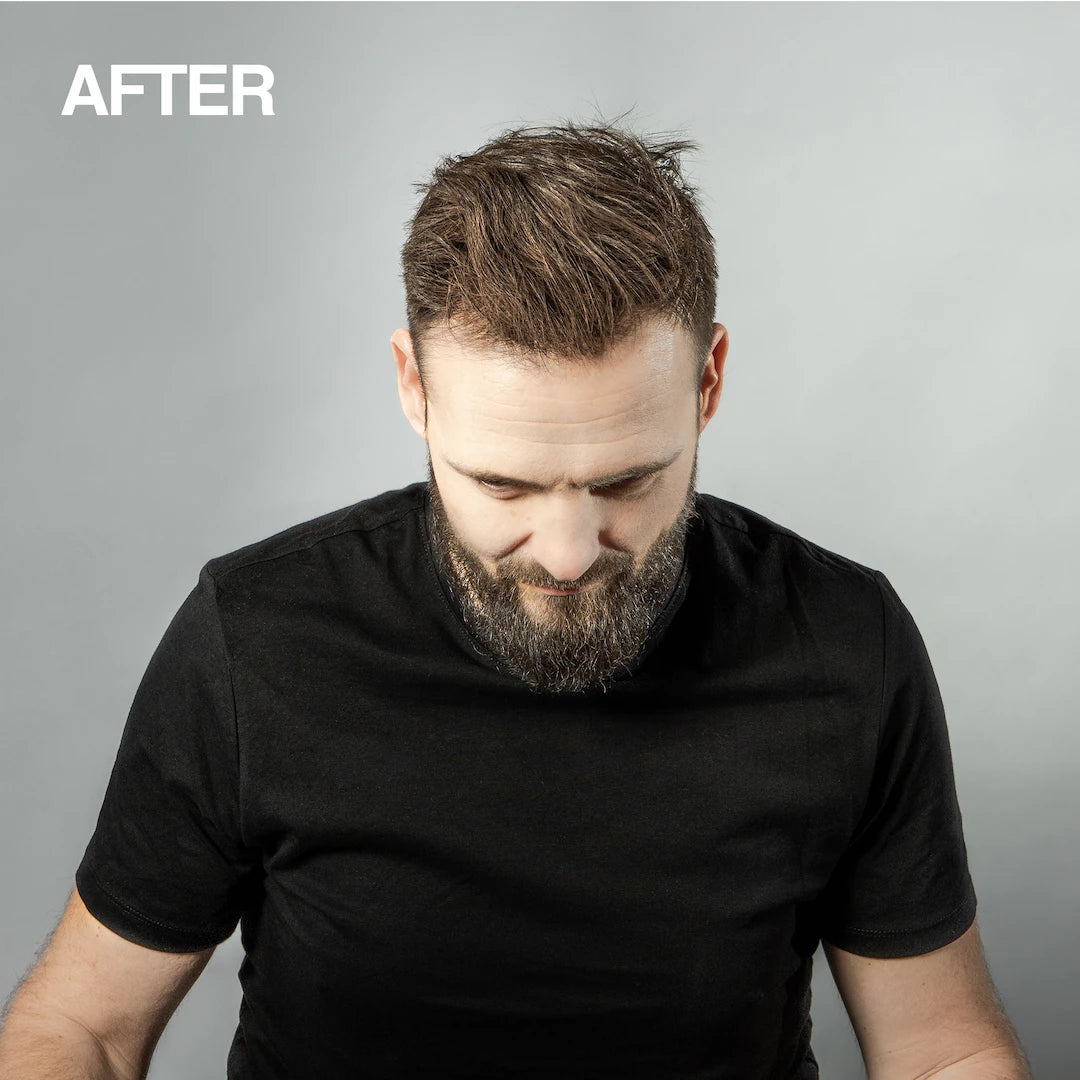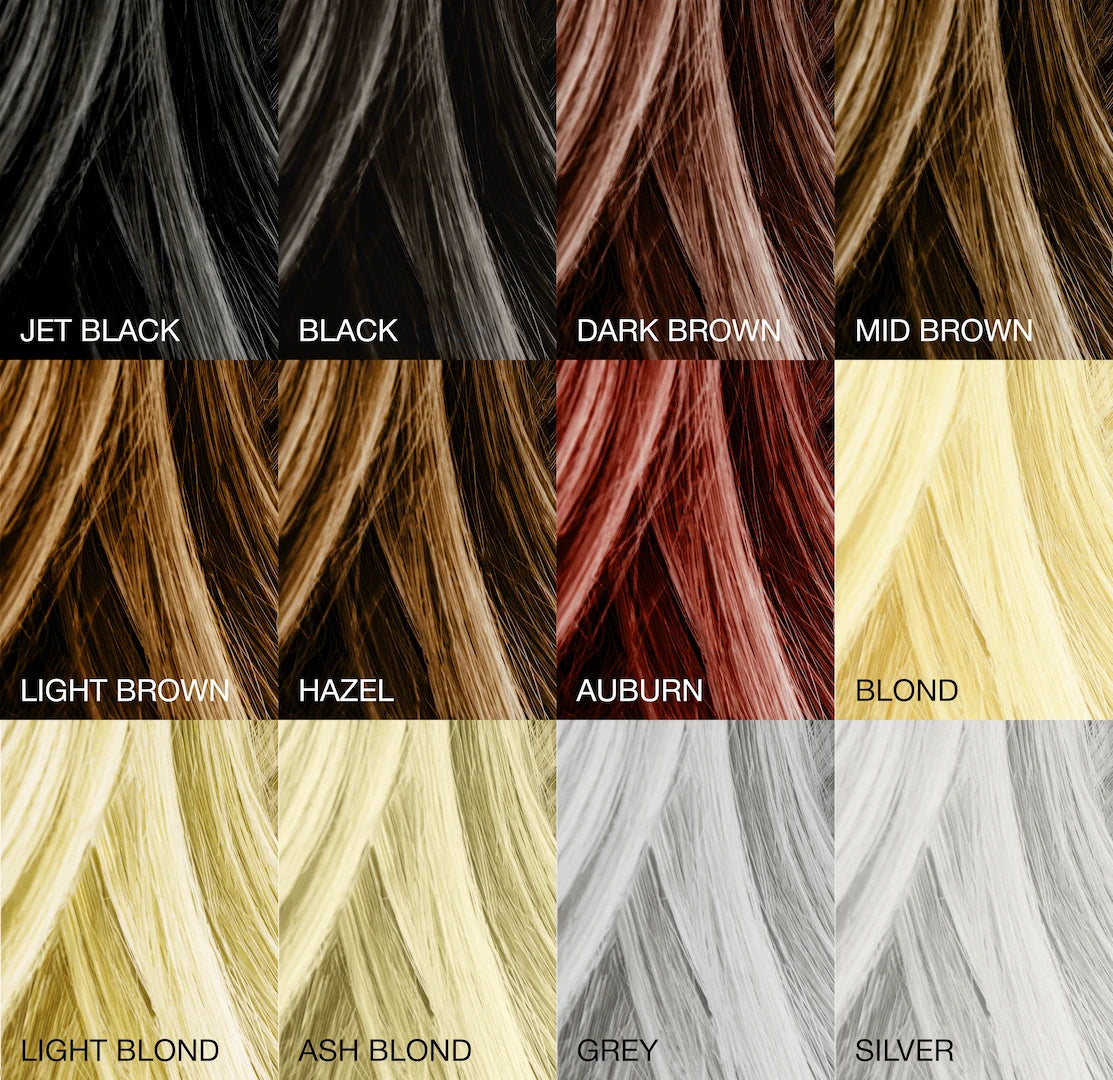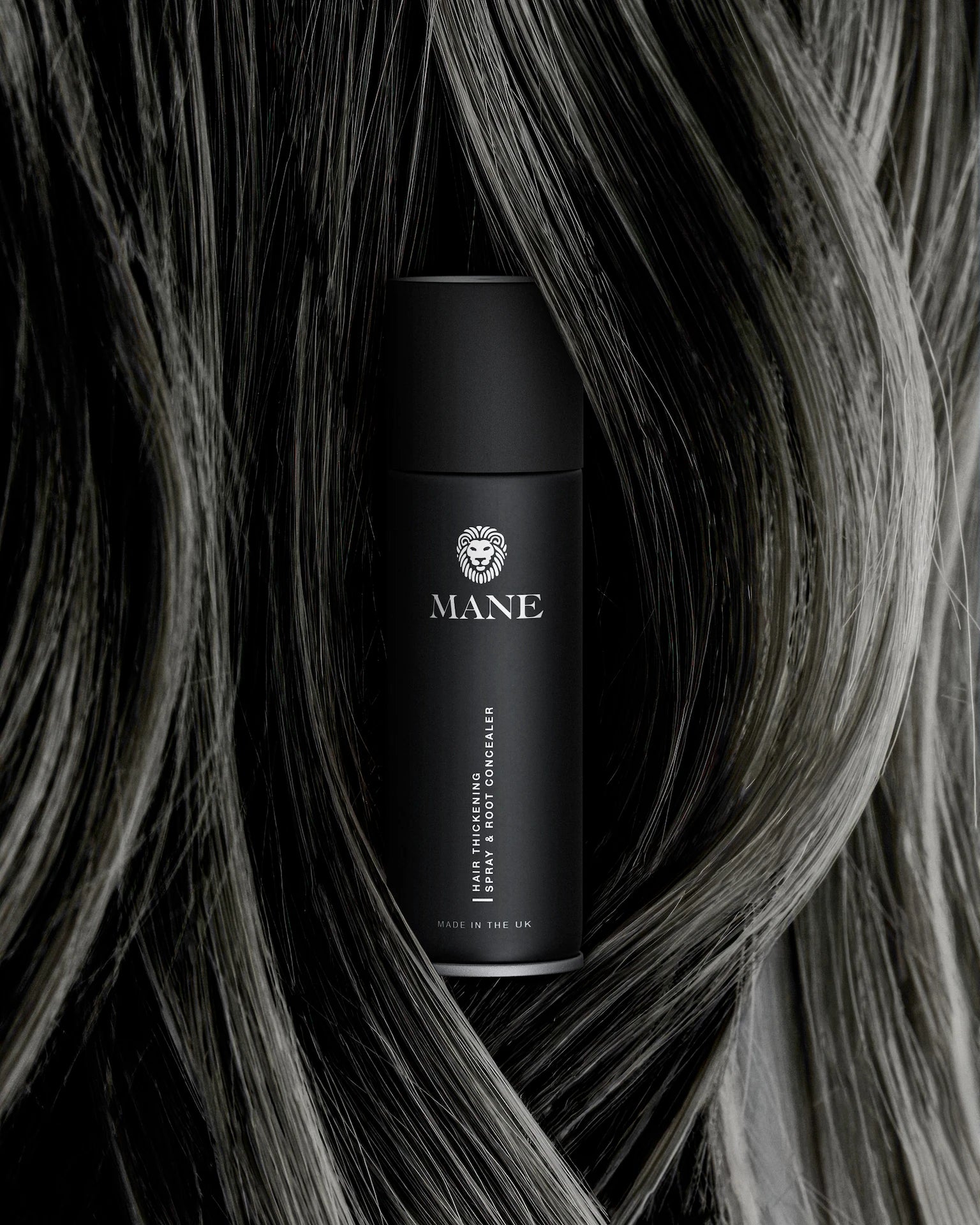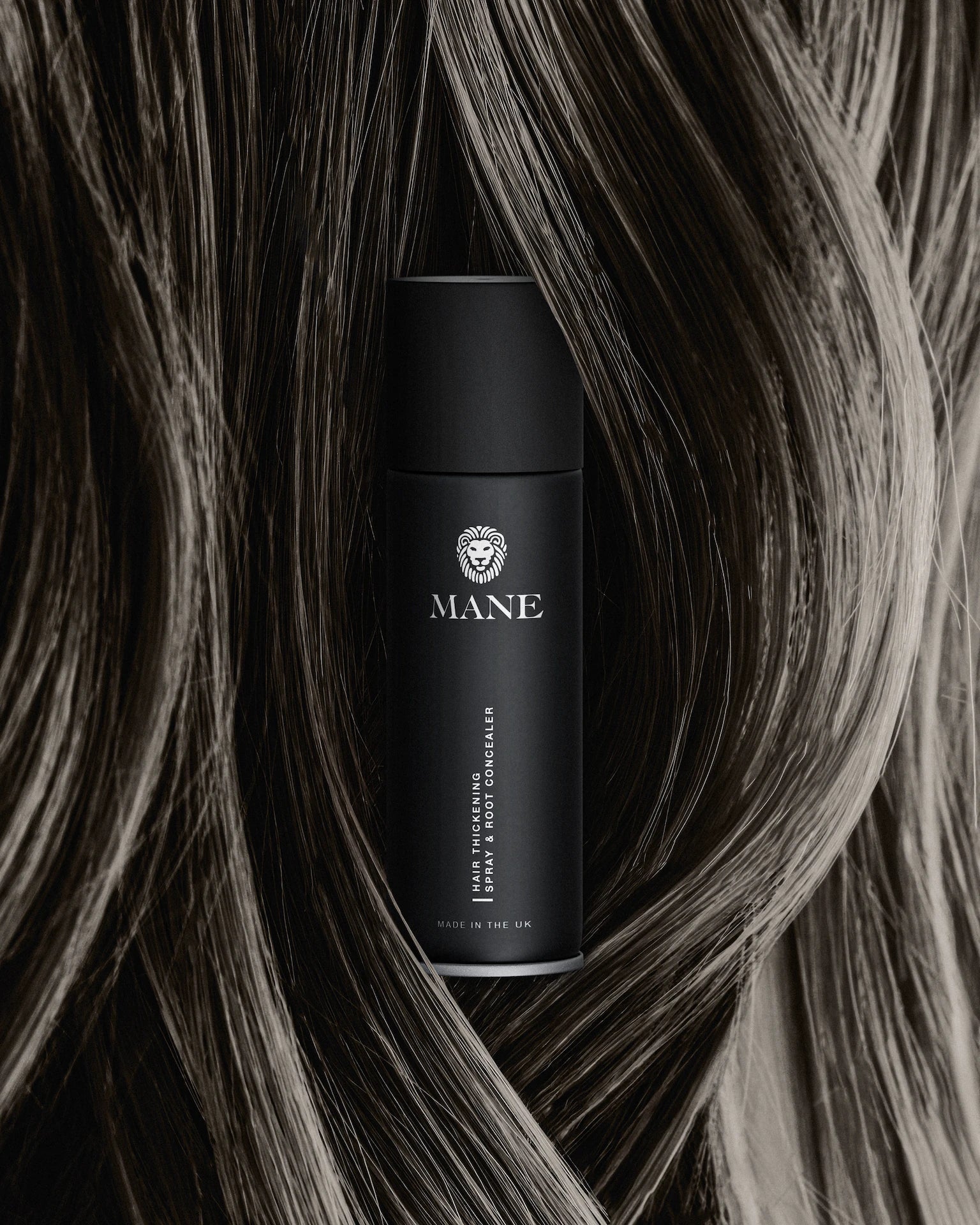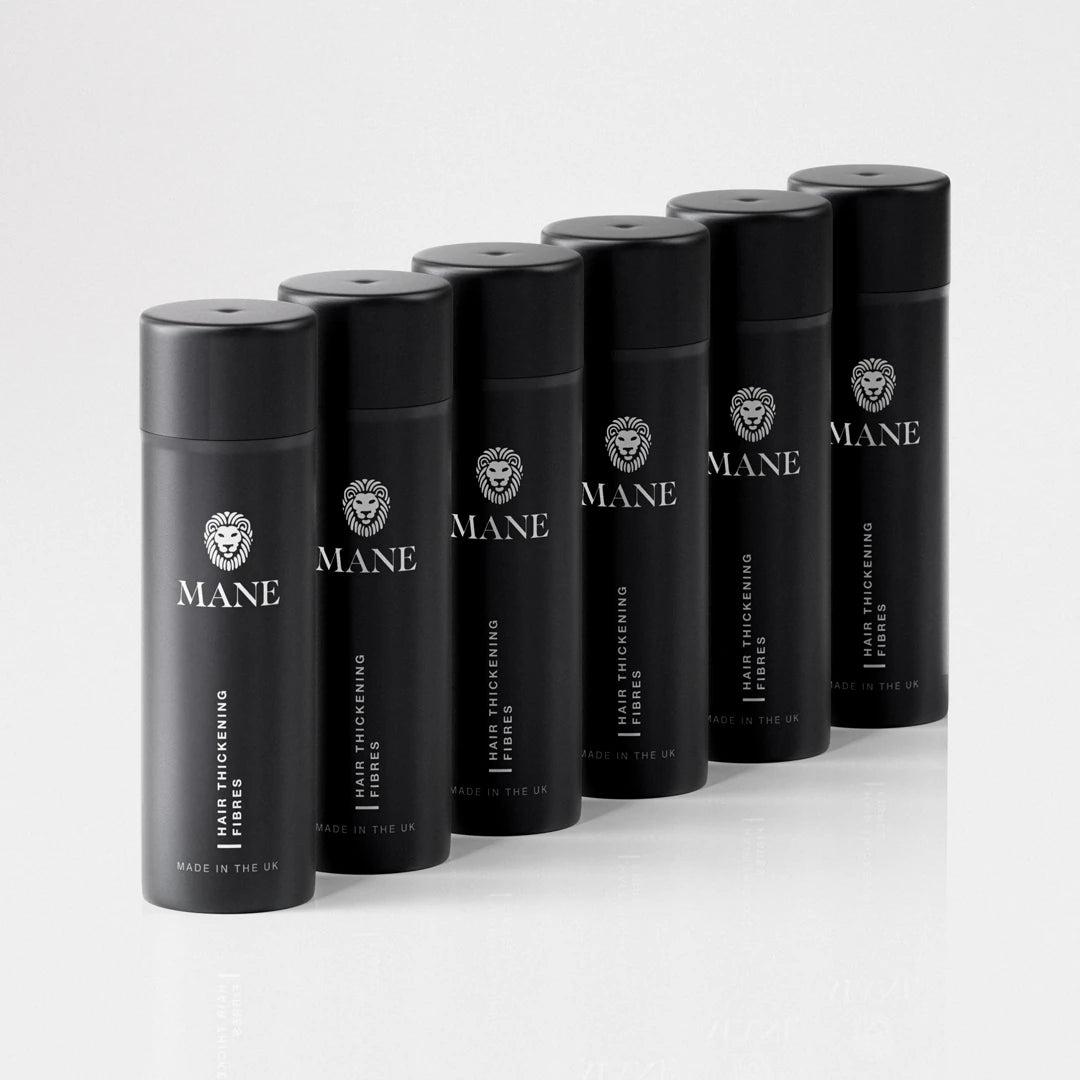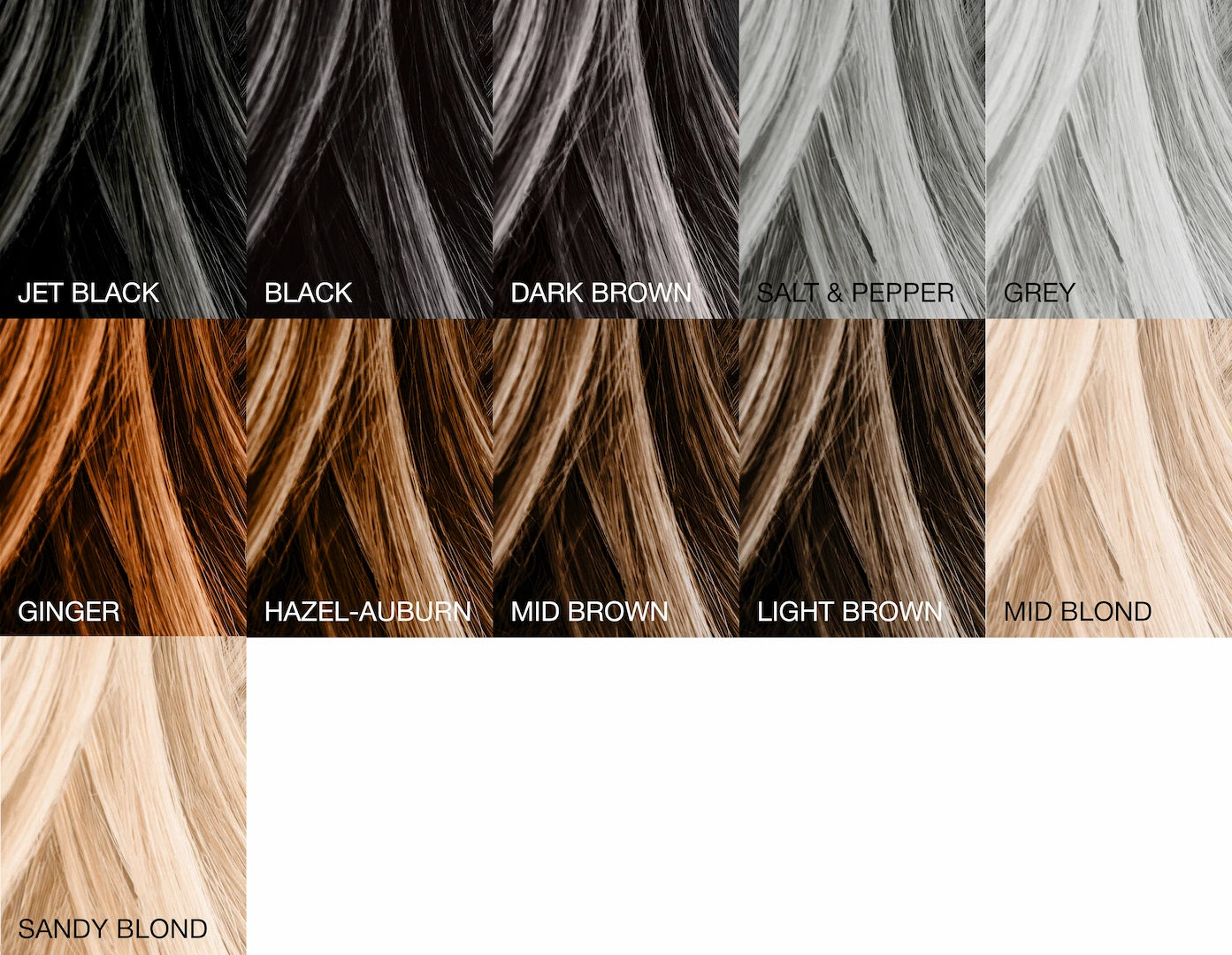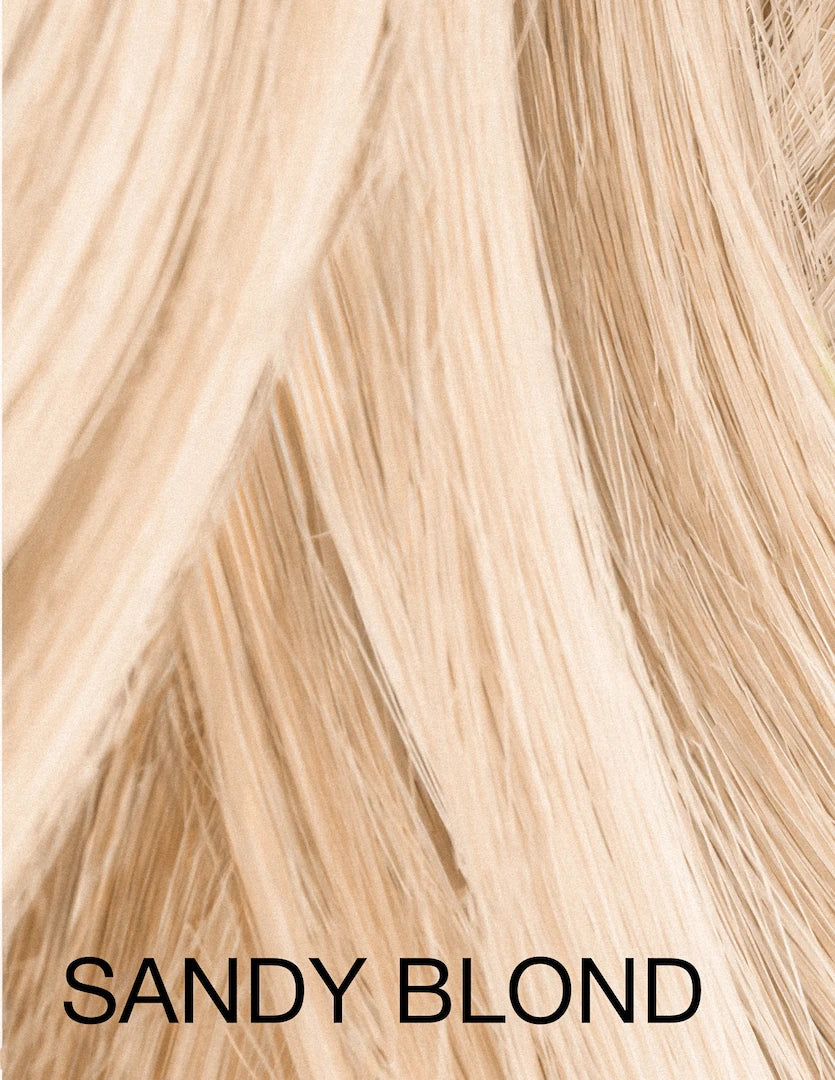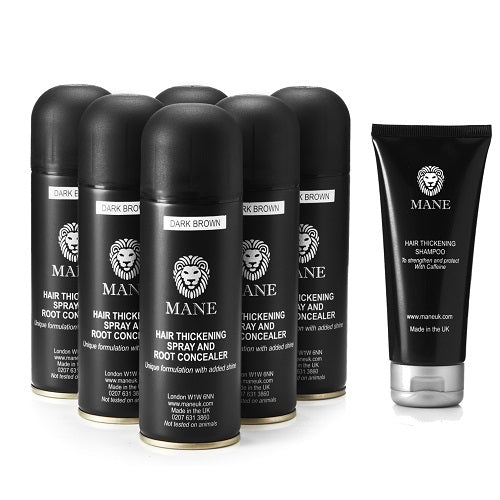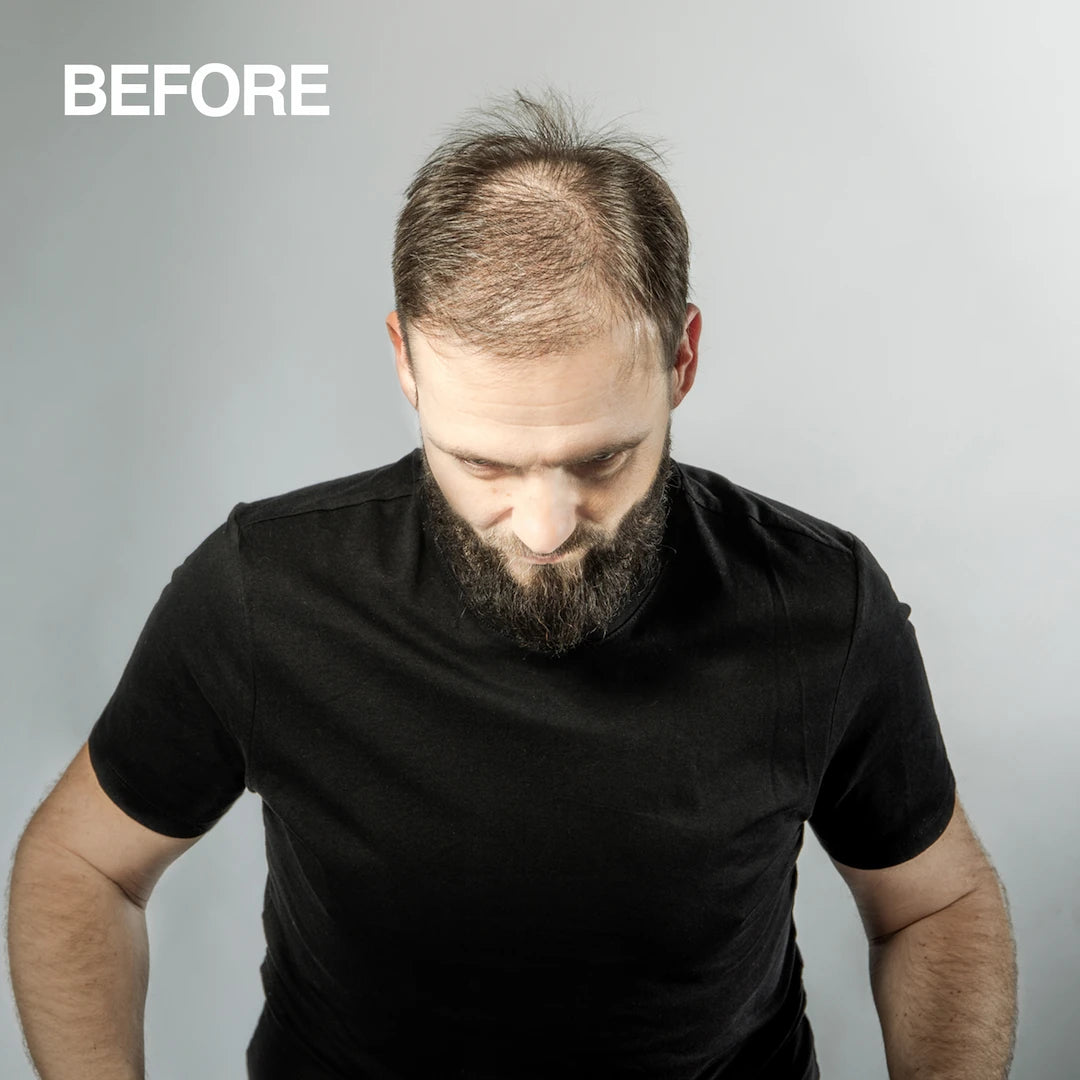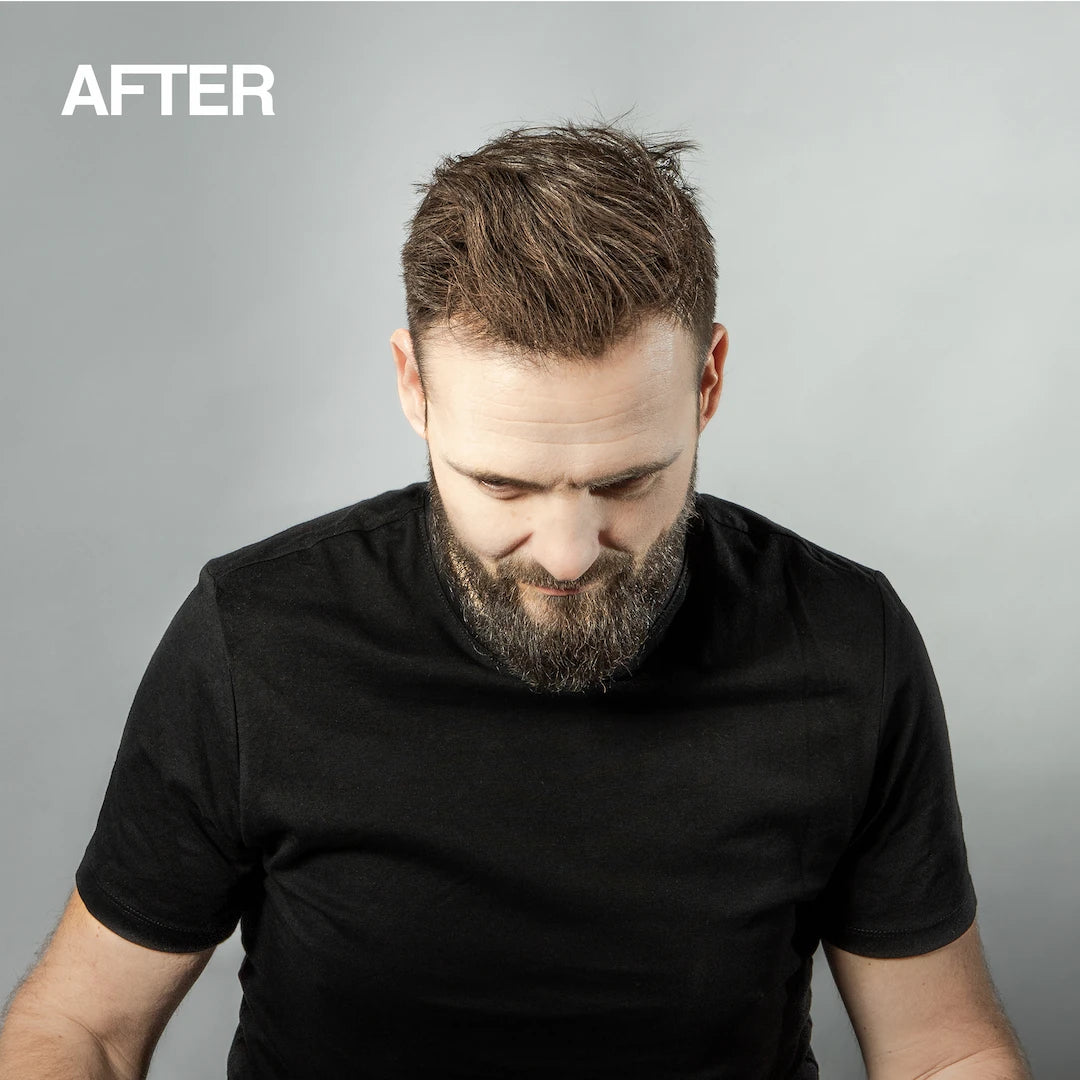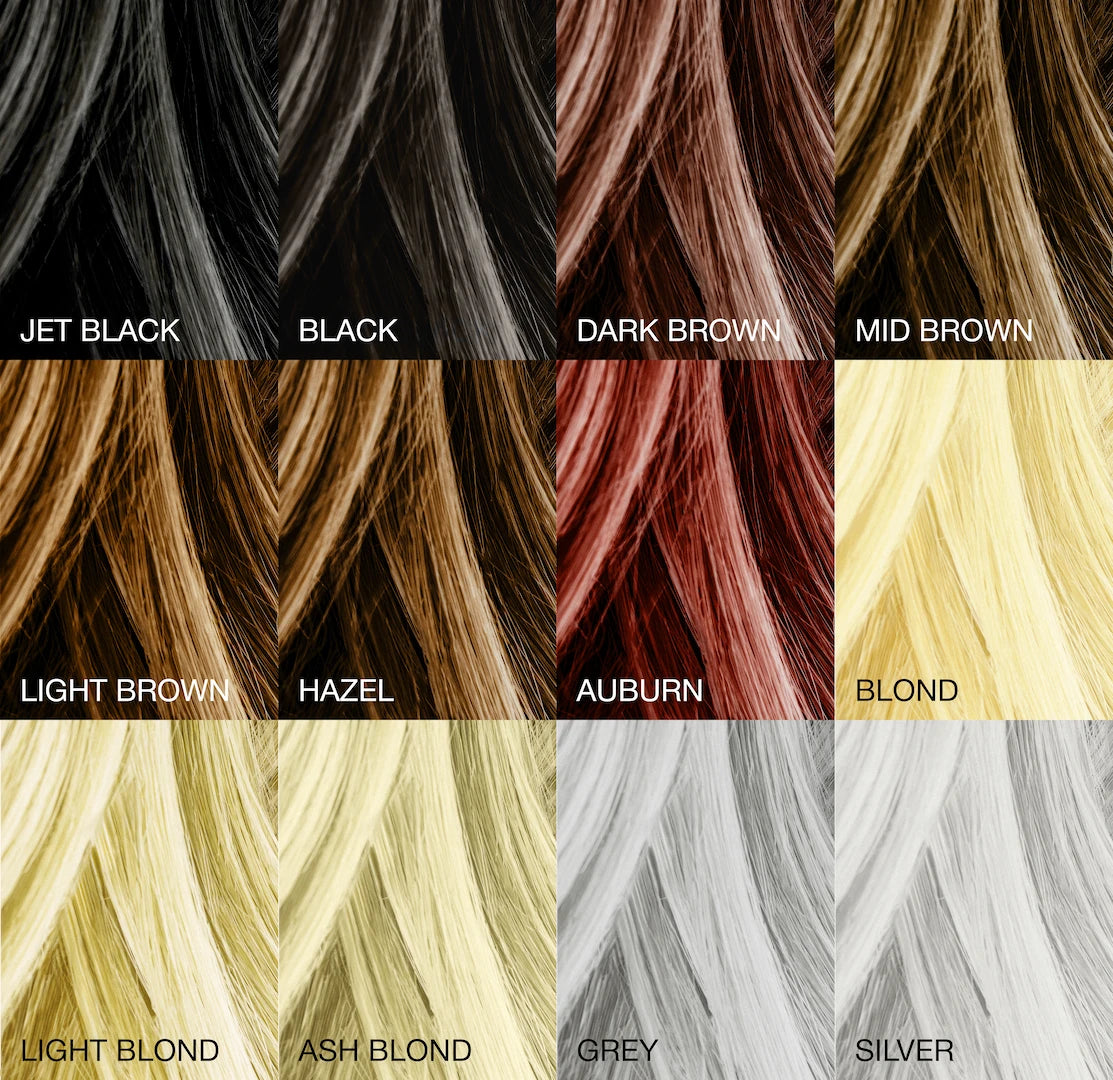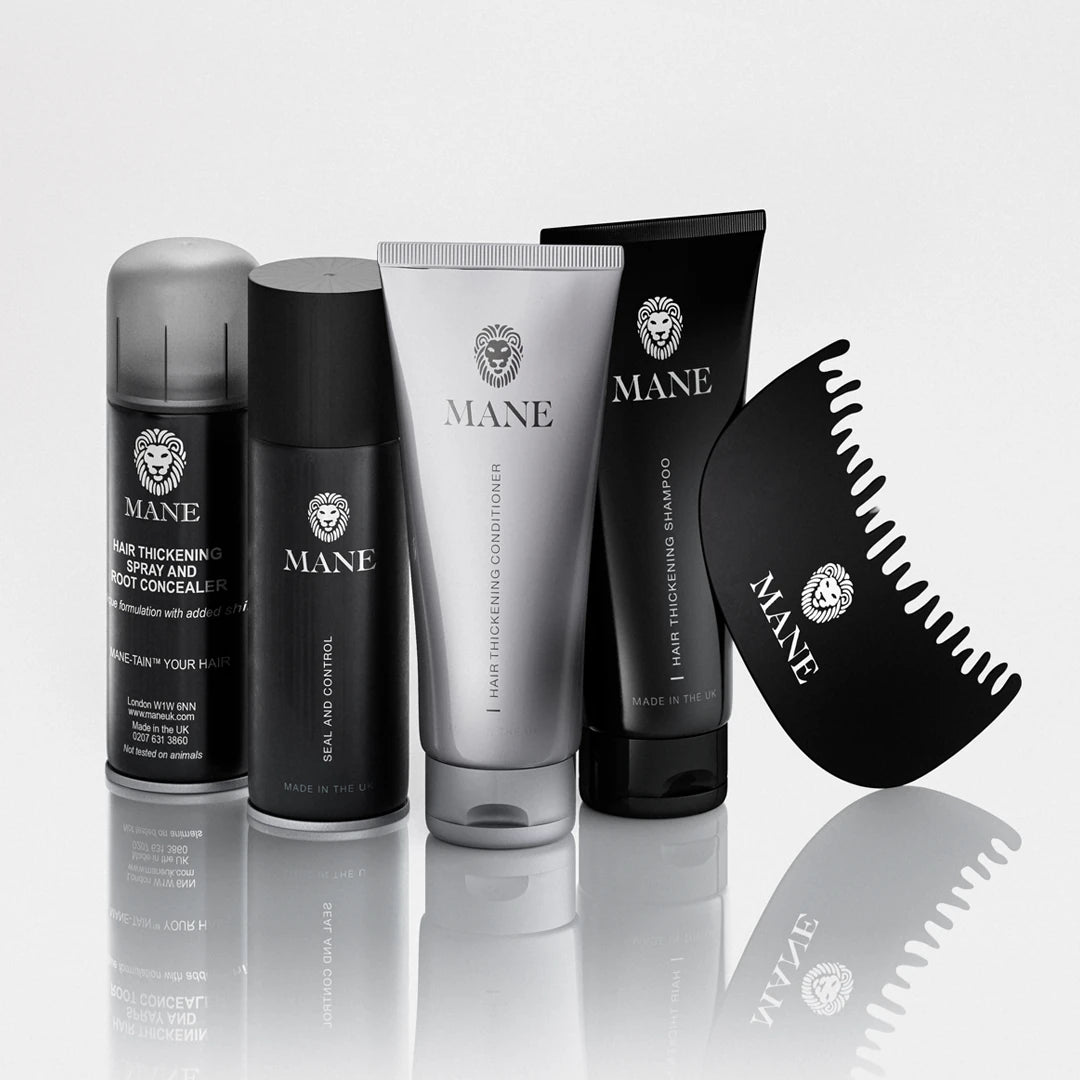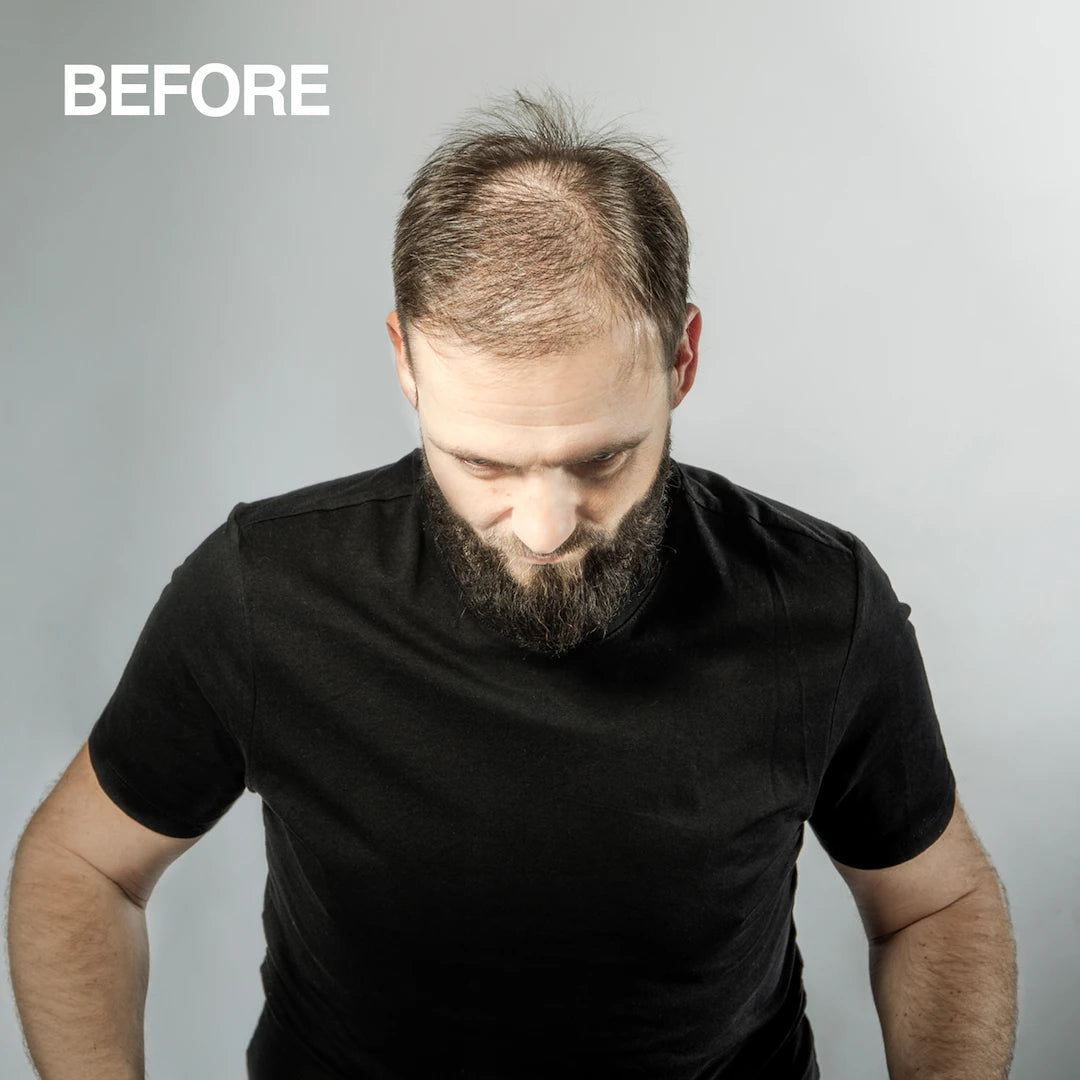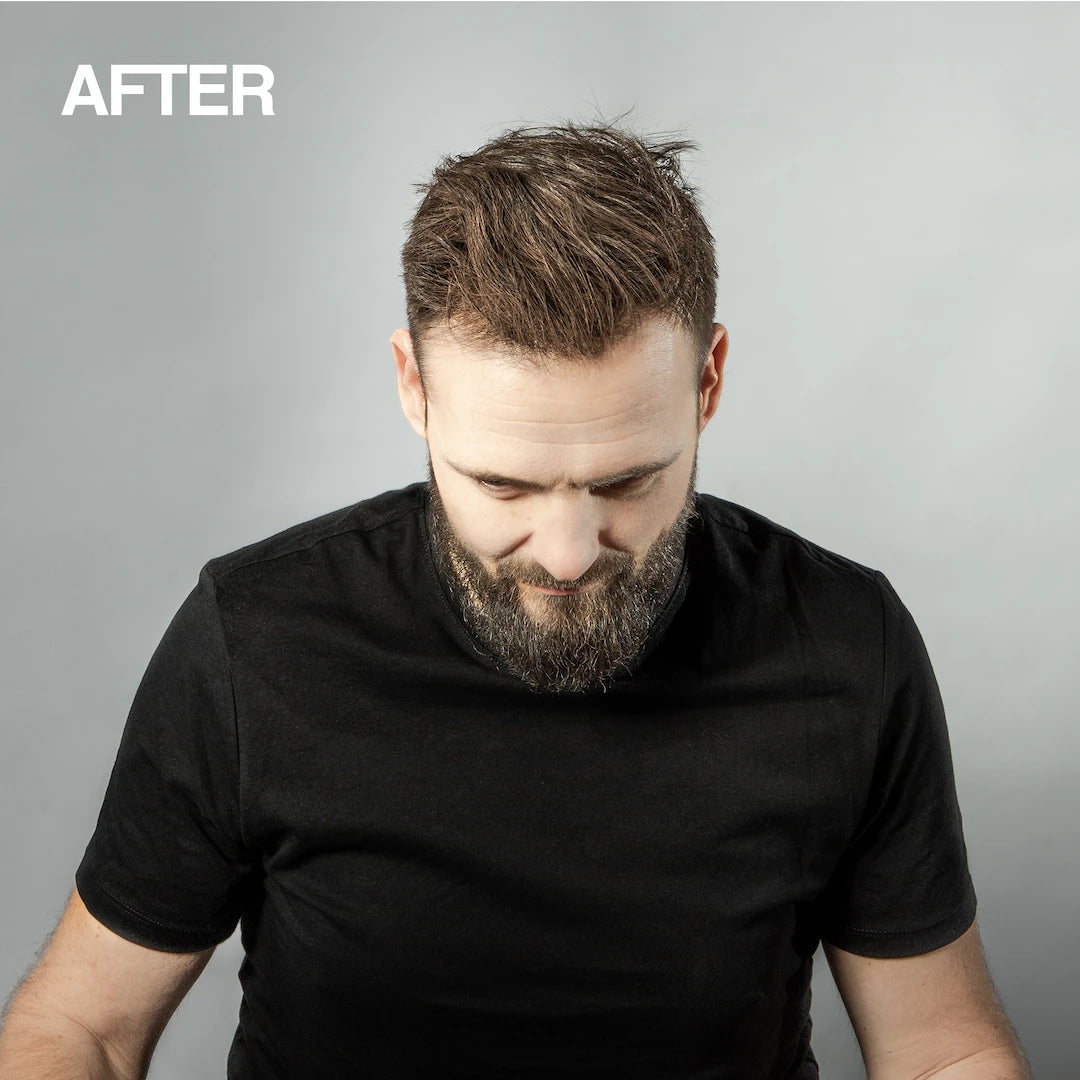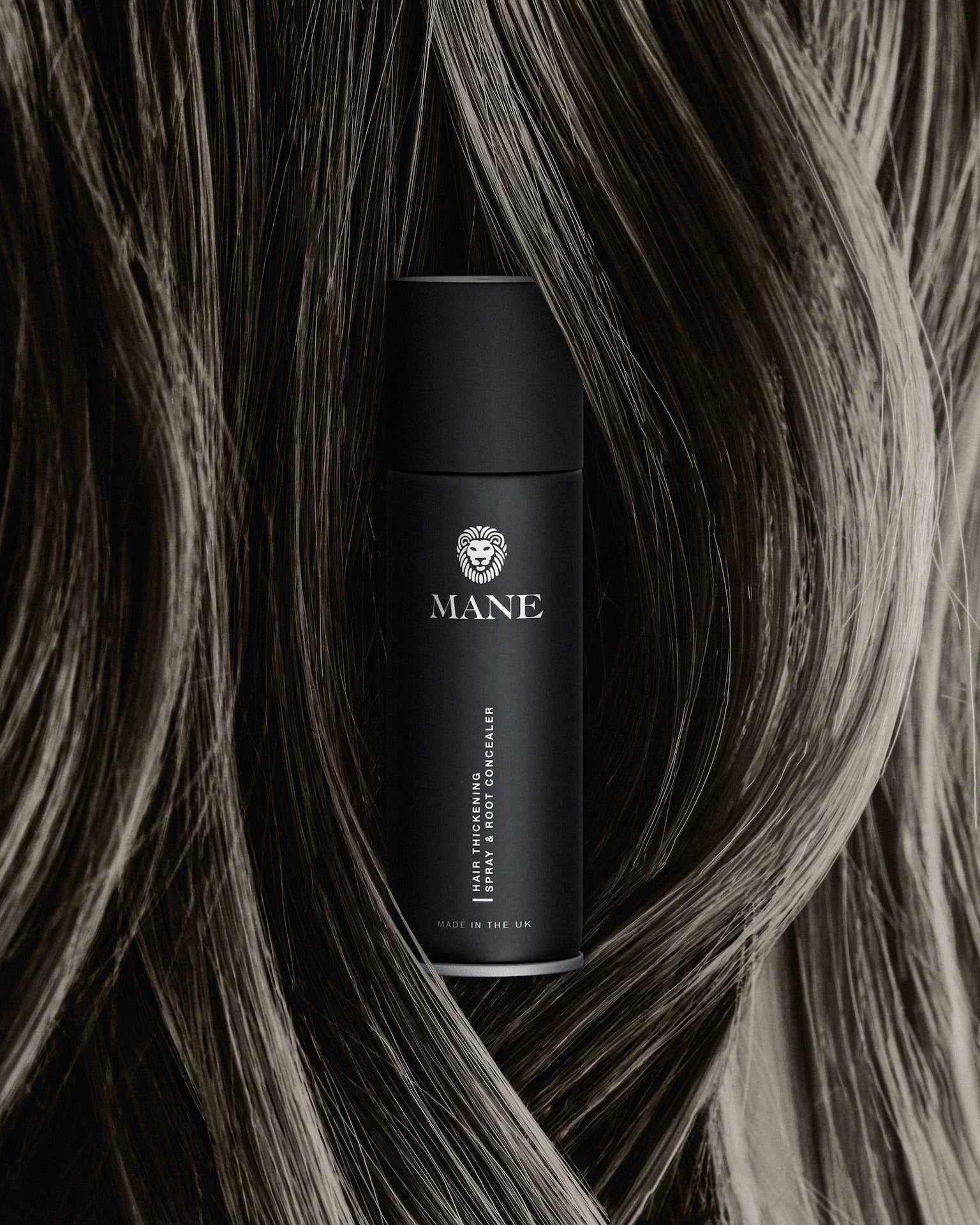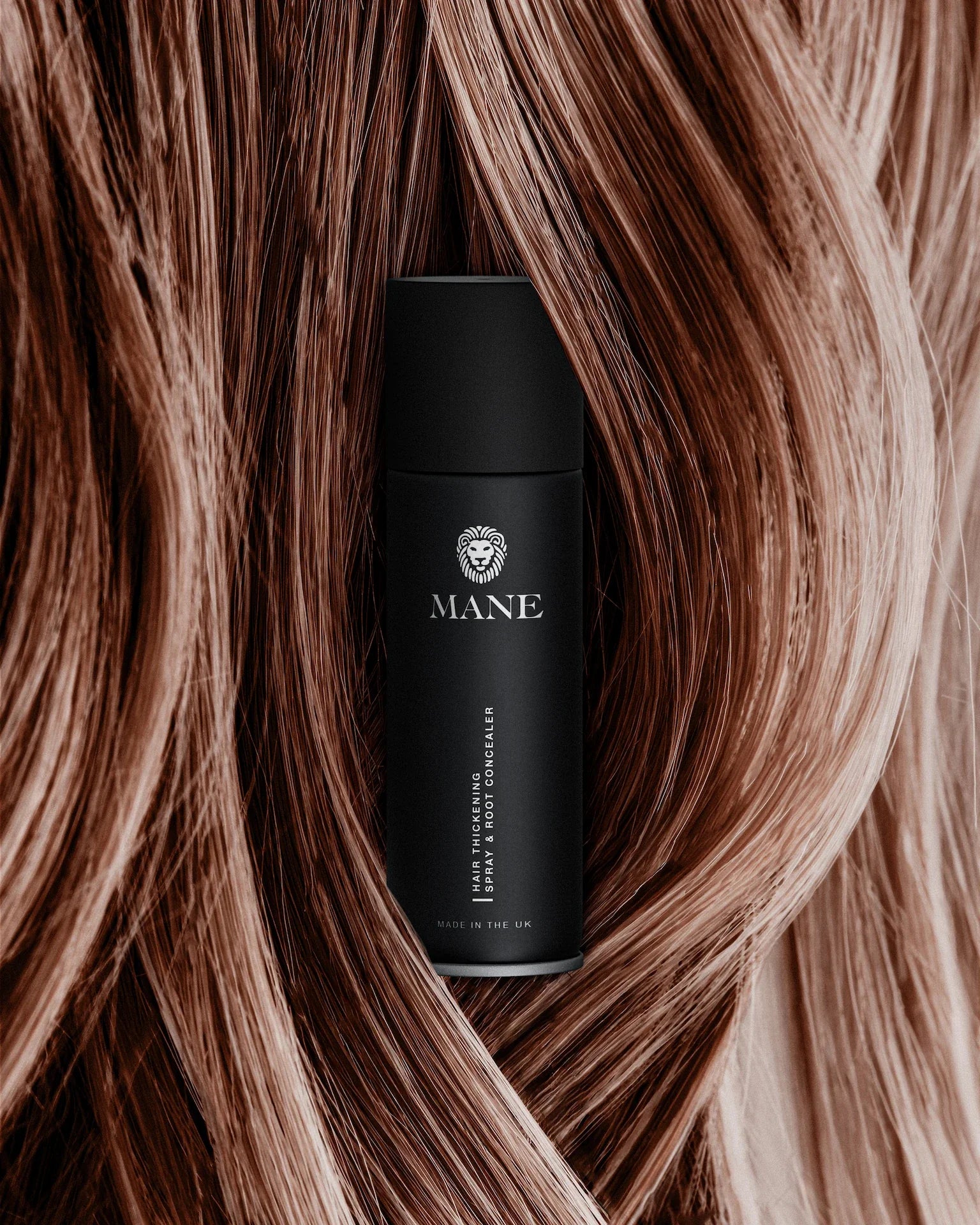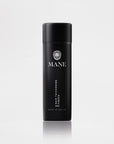
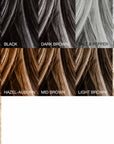
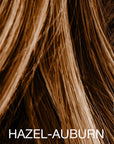
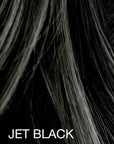
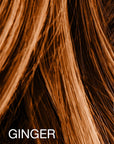
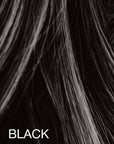
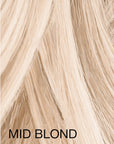
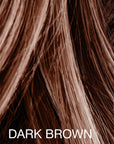
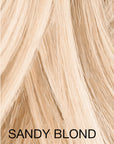
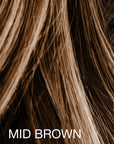
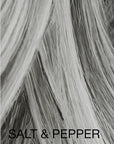
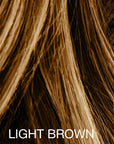
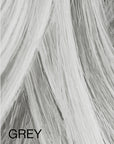
Mane Hair Thickening Fibers
Rewind time with Mane Hair Thickening Fibers. These are the modern day hair fibers, seamlessly blending with your own hair with minimal effort and maximum efficiency. How? Mane Hair Thickening Fibers are scientifically developed to electro-statically bond to remaining hair, giving instant thickness and a youthful, natural-looking, fuller head of hair. Each synthetic fiber is less than 2mm in size, allowing the lightweight formula to seamlessly bond with each individual strand of hair, no matter how thin or light they may be. Available in ten, blendable shades, the fibers also help to conceal any unwanted roots too. The end result? Fully covered hair and thick abundant locks that resemble your former crowning glory.
Mane Hair Thickening Fibers have been scientifically developed to give you a natural looking, fuller head of hair. The fibers will blend with your own hair to give you the look that you’ve always wanted. Mane Hair Thickening Fibers bond electro-statically to your remaining hair and can be sealed into place by using the Mane Seal and Shine Spray. The Hair Thickening Fibers come in a range of 10 colors, which can be used on their own or blended with other colors in our range to give you the closest looking shade to your natural hair color.
Mane Hair Thickening Fibers will instantly thicken your own hair to help alleviate any signs of baldness or the appearance of fine or thinning hair. The fibers are easy to use and because of the lightness of each fiber, they will not weigh down your own hair but will simply give each strand more volume and blend in naturally with your own hair.
We recommend using the Mane Hair Thickening Shampoo and then the Mane Hair Thickening Conditioner before applying the Mane Hair Thickening Fibers to create the correct electro-static bond for the fibers.
EASY TO APPLY
Achieving thicker hair has never been easier! Watch the video for a quick tutorial on Mane Fibres Application. In just seconds, transform your locks effortlessly. Say goodbye to complexity, hello to instant volume.
Read our Step-By-Step guide here.
suitable for women
Discover the secret to luxurious, full-bodied hair with Mane products, designed to be the perfect companion for women seeking added volume and thickness.
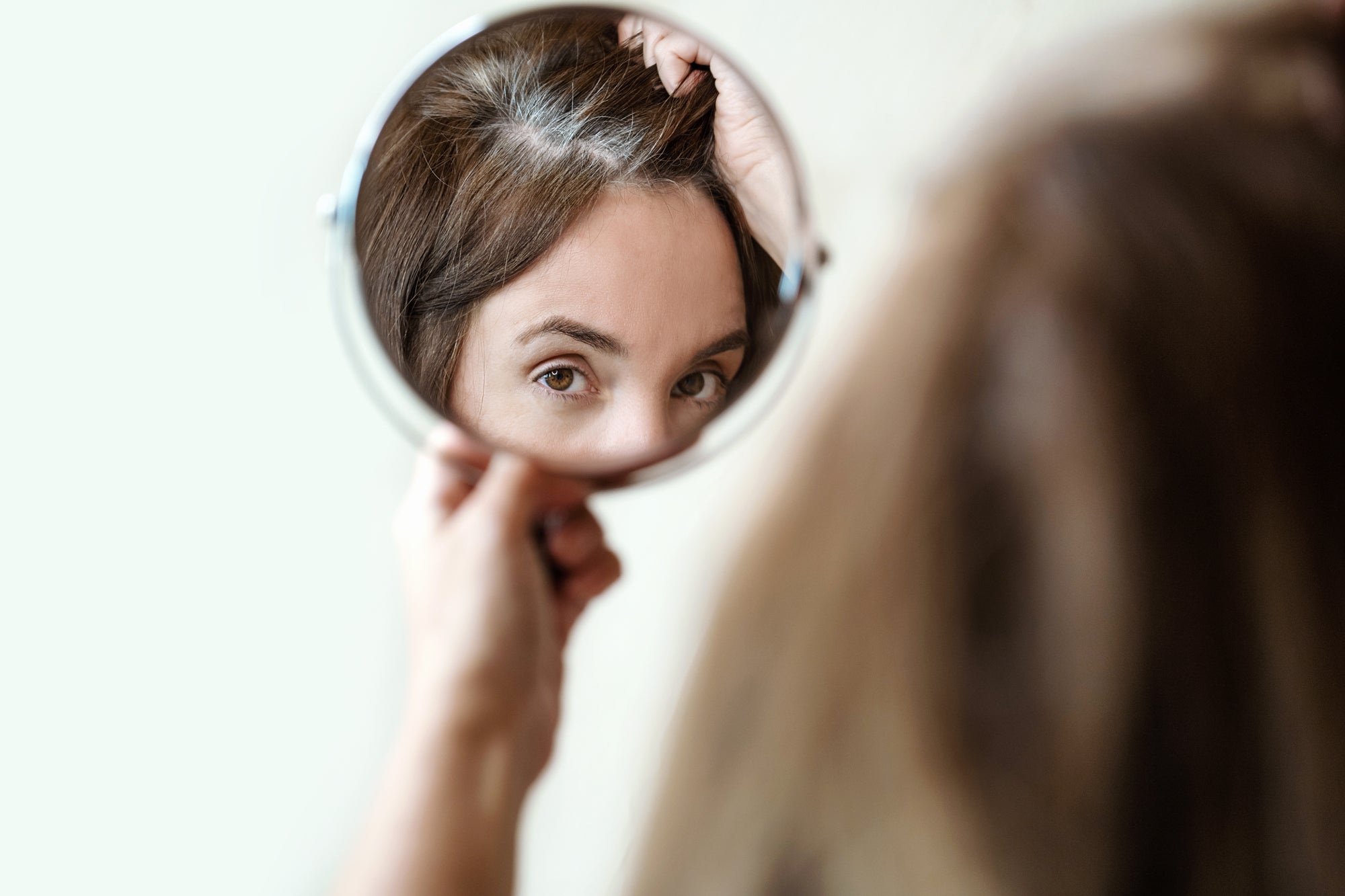
buy mane kits and save up to 50%
FAQs
Mane is a micro fine cosmetic powder for making fine or thinning hair look thicker. It instantly increases the apparent thickness and density of the hair, so creating a natural finish, dramatically adding texture and volume to any kind of hair. Mane is the original and most effective product of its kind.
Mane must be applied when the hair is clean and dry and should be sprayed through the hair roots. It is not necessary to over spray the hair lengths. After applying your hair will look fuller and give you that extra confidence. Your previous concerns about your thinning hair will disappear.
For best results you should shampoo your hair daily to increase the effectiveness of the product and maintain hygiene levels.
Mane is a non-allergenic product, the ingredients of which have been tested and used in all cosmetic and skin applications such as lipsticks and eye make-up. Mane has been widely used for over thirty years in the entertainment industry and by many thousands of the general public.
Yes. Mane is natural and inert and so you can use any products you like with it. It is recommended by Doctors and is compatible for use with other hair loss medications and with styling products.
Mane Seal and Control has been specially formulated to be used after applying the Mane Hair Thickening Spray, to hold and seal the thickener in place to give your hair that fuller, more natural look. It also protects the thickener from rubbing off or running in the wet.
Once Mane Hair Thickener is sealed with Mane Seal and Control, it is water, rain, wind and perspiration resistant. We do recommend however that wet hair be allowed to dry naturally rather than rubbing rigorously with a dry towel.
